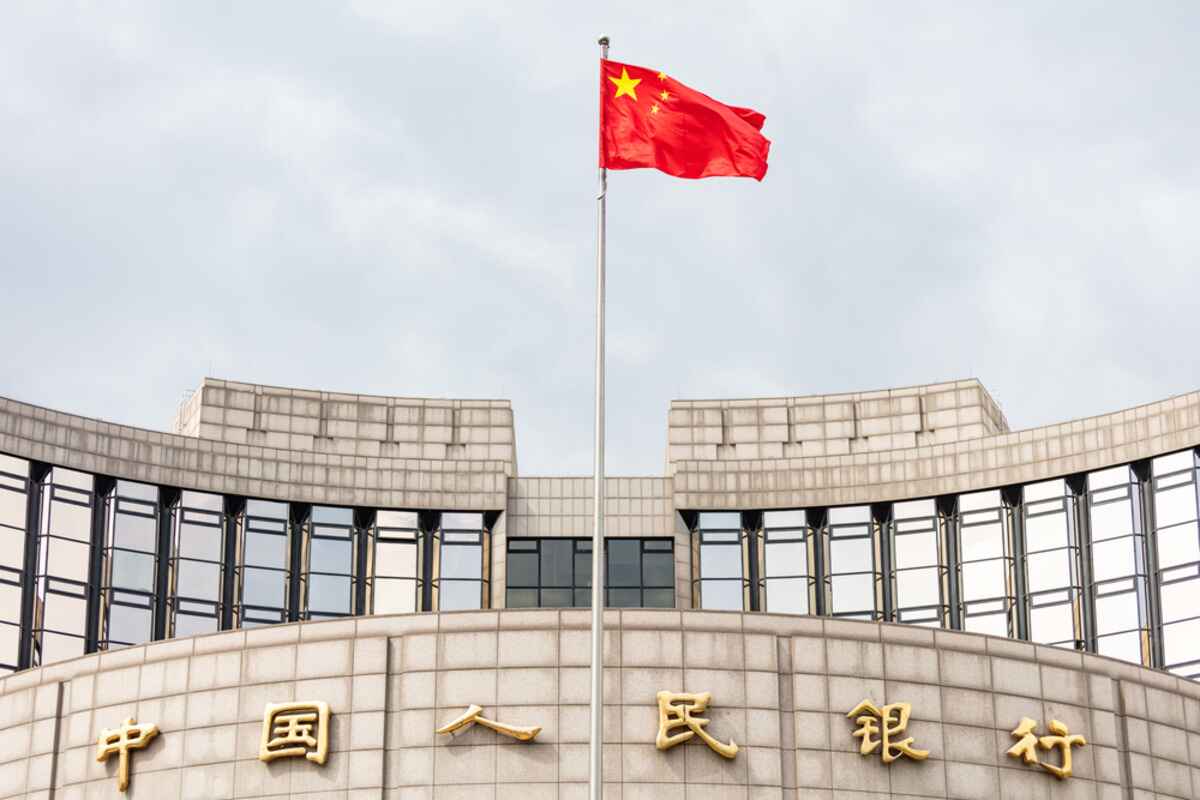China’s Central Bank kept benchmark lending rates steady on Monday for the sixth successive month, aligning with market expectations. Stronger-than-anticipated first-quarter economic growth data may have alleviated the urgency for immediate monetary easing and rate cuts. Nonetheless, markets are speculating that additional stimulus will likely be necessary in the coming months to sustain growth amid an intensifying Sino-U.S. trade war. Policymakers are also cautious about a weakening Chinese yuan and the shrinking interest margins at lenders, which limit the scope for any easing, as reported by Reuters.
One-year loan prime rate holds steady
The one-year loan prime rate (LPR) was maintained at 3.1 percent, while the five-year LPR remained unchanged at 3.6 percent. China’s gross domestic product (GDP) grew 5.4 percent in the first quarter, surpassing expectations. However, markets are concerned about a potential sharp downturn in the upcoming year, as U.S. tariff policies present the greatest risk to the Asian powerhouse in decades.
Read more: China aims for 5 percent growth in 2025 amid challenges from Trump tariffs
Trade war impacts economic outlook
With the trade war casting a shadow over the economic outlook, analysts are projecting that the world’s second largest economy will experience significant deceleration in the months ahead. This is particularly true as tariffs as high as 145 percent on U.S. imports from China take effect. In retaliation, Beijing has enacted 125 percent tariffs on American exports, while emphasizing its commitment to keeping its own markets open to trade and investment.
Export data yet to reflect tariff impact
Export data has yet to fully capture the effects of higher U.S. tariffs, as numerous factories front-loaded their orders to circumvent the duties, according to analysts. A series of global investment banks have lowered their forecasts for China’s economic growth this year, anticipating additional monetary easing measures to support the economy.
Surge in Chinese exports and manufacturing activity
Chinese exports surged more than 12 percent from a year earlier in March and nearly 6 percent in U.S. dollar terms during the first quarter, as companies raced to evade Trump’s tariffs. This has bolstered robust manufacturing activity over the past several months.
Strong growth in advanced technologies
China’s industrial production rose 6.5 percent from a year earlier in the last quarter, primarily driven by a nearly 11 percent increase in equipment manufacturing output. The strongest growth was observed in advanced technologies, including the production of battery electric and hybrid vehicles, which increased by 45.4 percent year-on-year. Additionally, output of 3D printers soared nearly 45 percent, while industrial robots surged by 26 percent.




